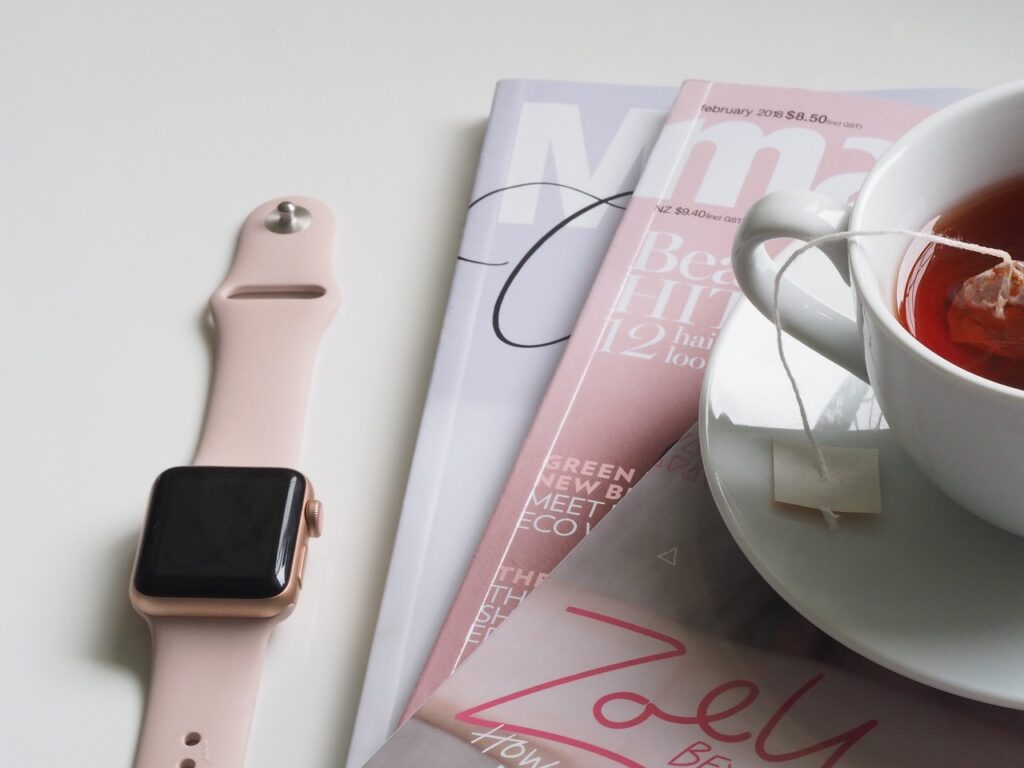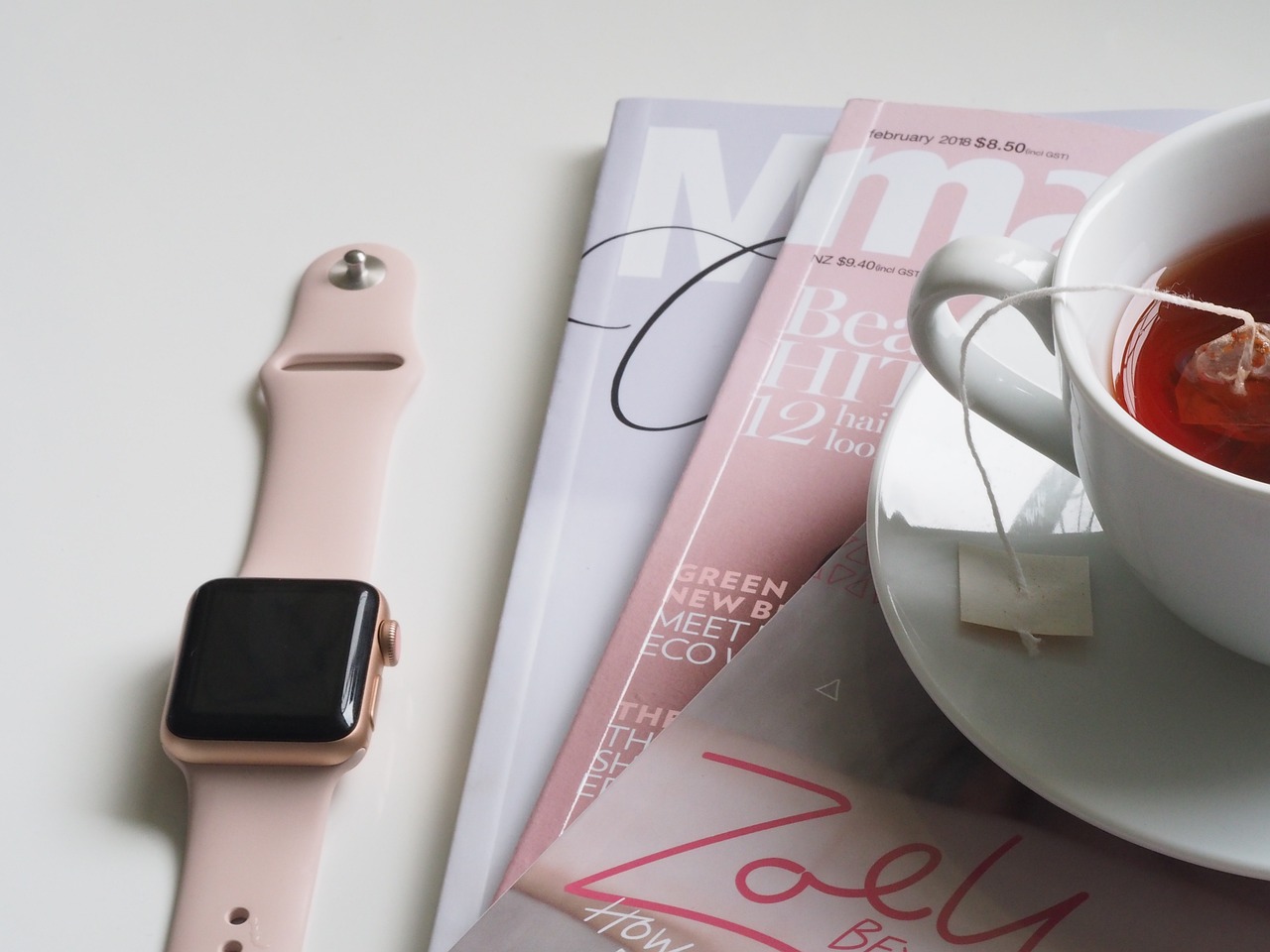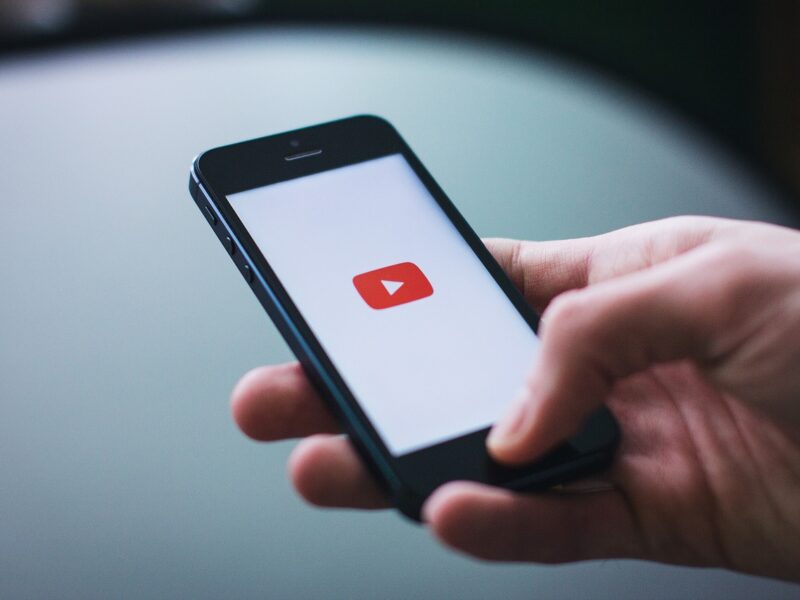
The Apple Watch has long been more than just a stylish wrist accessory. It’s evolved into a personal assistant, fitness tracker, health monitor, and even a potential lifesaver — capable of detecting irregular heart rhythms, notifying emergency services during falls, and helping users manage stress. With each new iteration, it becomes more intelligent, more proactive, and more deeply integrated into our lives.
But as this small device gains smarter features, a growing number of users and privacy advocates are asking a critical question: How much is it watching us — and could it be spying on us?
The Smart Features That Keep Getting Smarter
With the latest updates to watchOS and newer Apple Watch models, Apple has introduced a host of advanced functionalities:
- Mental health tracking using machine learning to detect signs of anxiety and depression based on typing patterns, sleep quality, and heart rate variability.
- Temperature sensing for more accurate cycle tracking and sleep monitoring.
- Advanced workout metrics, including running form, stride length, and even vertical oscillation.
- Blood oxygen monitoring, ECG, and heart rate notifications for real-time health analysis.
- Crash detection and international emergency calling that can automatically contact help in the event of an accident.
These features are undeniably powerful — and potentially life-saving. But they also rely on the constant collection and analysis of deeply personal data.
What the Apple Watch Knows About You
To function effectively, the Apple Watch monitors:
- Your location and movement patterns
- Your heart rate and heart rhythm
- Your sleep cycles
- Your physical activity
- Your breathing rate
- Your environmental sound exposure
- Your calendar, messages, and contacts (when integrated with your iPhone)
It’s not just tracking how many steps you take — it’s learning when you’re stressed, when you’re awake, when you’re resting, and how your body responds to various activities.
Is It Really Spying?
Technically, the Apple Watch is not “spying” in the traditional sense. Apple maintains that user privacy is a core priority, and much of the data collected by the device is encrypted and processed locally on the device or within Apple’s secure systems. Apple does not sell personal health data to advertisers, and users are given control over what is shared and with whom.
However, the concern lies not only in what Apple does — but what could happen if your data falls into the wrong hands or is mishandled by third-party apps. Any app with permission to access your health or motion data has potential access to highly sensitive information. That’s why Apple now requires app developers to be transparent about their data practices through “privacy nutrition labels.”
The Line Between Convenience and Surveillance
Wearable technology walks a fine line. On one hand, it offers incredible convenience, helps manage health, and supports early detection of medical conditions. On the other, it normalizes continuous monitoring — often without users fully understanding the depth or scope of the data being collected.
The Apple Watch may not be actively “spying” on you in a malicious sense, but it’s fair to say that it observes, records, and responds to a vast amount of personal behavior, sometimes in ways that users aren’t fully aware of.
How to Stay in Control
If you’re concerned about privacy but still want the benefits of your Apple Watch, here are a few tips to maintain control over your data:
- Review your privacy settings in the Watch and Health apps.
- Limit app permissions and avoid installing unnecessary third-party apps.
- Regularly check your Health data to see what’s being tracked.
- Use a strong passcode and enable two-factor authentication for your Apple ID.
- Keep your devices updated to protect against vulnerabilities.
Final Thoughts
The Apple Watch has earned its reputation as a powerful tool for wellness and connectivity. But with great intelligence comes great responsibility — not just for Apple, but for users as well.
It’s not that the Apple Watch is deliberately spying on you. Rather, it’s that modern technology now lives in a space that blurs the line between assistance and surveillance. As the device becomes more sophisticated, staying informed and vigilant is key to ensuring that the convenience it offers doesn’t come at the cost of your privacy.
In the end, your wrist-worn companion might be watching — but it’s up to you to decide how closely it gets to know you.



